Top Stories
Prince Albert National Park Takes Action Against Wildfires
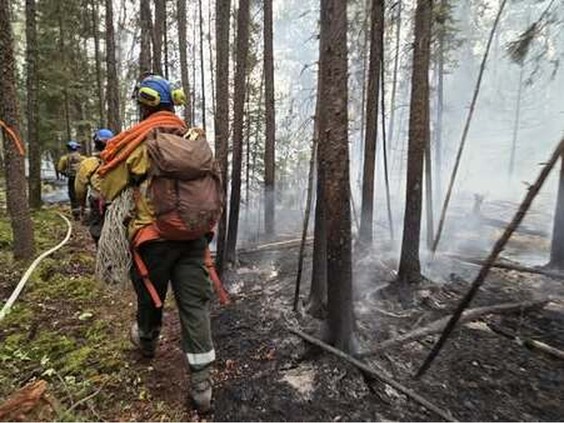
The ongoing wildfire season has posed significant challenges for Prince Albert National Park in Canada, particularly highlighted by the Buhl Fire, which has scorched over 96,991 hectares this summer. As the weather warms, park crews prepare to combat the growing threat of wildfires while working to protect both the environment and local communities.
Proactive Wildfire Management Strategies
Park staff begin their preparations each spring, gearing up for the upcoming fire season. Dustin Guedo, a vegetation ecologist at Prince Albert National Park, emphasizes the importance of having a well-trained and equipped fire management team in place. “Every spring we’re always gearing up and preparing and readying ourselves for the wildfire season,” Guedo stated. The park maintains two type-one fire crews to manage risks effectively.
For decades, park officials have collaborated with local residents and cabin owners to implement wildfire risk reduction strategies. Community fuel breaks have been developed, particularly around the townsite of Waskesiu. “We’ve essentially gone and thinned out all the flammable fuels, which includes all the coniferous trees around the townsite,” Guedo explained. In some areas, over 95 percent of the coniferous trees have been removed to create defensible zones that can mitigate the impact of any encroaching wildfires.
The park also adopts FireSmart principles as part of its proactive measures. These principles include reducing fuel loads around buildings, clearing flammable materials such as leaves and needles, and ensuring that firewood is stored away from homes. Such actions are critical in establishing a safer environment during fire seasons.
Emergency Coordination and Technological Support
Effective communication with emergency services is essential during fire events. The park maintains ongoing collaboration with the Saskatchewan Public Safety Agency (SPSA) and the Royal Canadian Mounted Police (RCMP). Guedo noted, “Having planning in place when we have multiple emergencies is important to keep the community posted.”
In addition to coordinating evacuations when necessary, the park has established an emergency coordination centre to streamline responses during wildfire incidents. This centre works in conjunction with local fire departments to ensure the safety of the community. Meteorologists also contribute by assessing fire conditions, including wind speed and intensity.
Technological advancements play a vital role in the park’s firefighting efforts. Parks Canada employs a range of tools to evaluate wildfire risk. Weather stations provide critical information on fire danger levels and forest fuel moisture content. “They give us information on how dry those fuels are and how likely they are to ignite,” Guedo explained.
Surveillance strategies include the use of helicopters and drones, which monitor for lightning strikes and patrol the park during high fire danger periods. In addition, remote sensing technology, such as heat-sensing satellites, aids in identifying hot spots. Guedo remarked, “We work with SPSA’s remote camera system to see if smoke pops up from wildfire towers.” When conditions escalate, the park utilizes infrared monitoring at night to detect active fire threats.
As Prince Albert National Park continues to face the realities of wildfire season, its proactive measures, community engagement, and technological advancements demonstrate a commitment to protecting both the natural landscape and local residents. The ongoing efforts of park staff highlight the importance of preparedness in mitigating the impact of wildfires.
-

 Education2 months ago
Education2 months agoBrandon University’s Failed $5 Million Project Sparks Oversight Review
-

 Lifestyle3 months ago
Lifestyle3 months agoWinnipeg Celebrates Culinary Creativity During Le Burger Week 2025
-
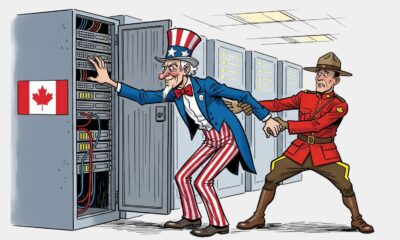
 Science3 months ago
Science3 months agoMicrosoft Confirms U.S. Law Overrules Canadian Data Sovereignty
-

 Health3 months ago
Health3 months agoMontreal’s Groupe Marcelle Leads Canadian Cosmetic Industry Growth
-

 Science3 months ago
Science3 months agoTech Innovator Amandipp Singh Transforms Hiring for Disabled
-

 Technology3 months ago
Technology3 months agoDragon Ball: Sparking! Zero Launching on Switch and Switch 2 This November
-
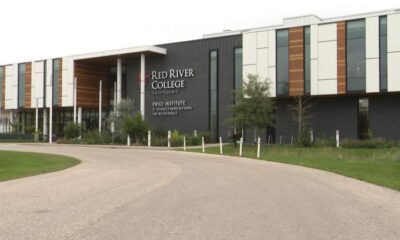
 Education3 months ago
Education3 months agoRed River College Launches New Programs to Address Industry Needs
-

 Technology3 months ago
Technology3 months agoGoogle Pixel 10 Pro Fold Specs Unveiled Ahead of Launch
-

 Technology1 month ago
Technology1 month agoDiscord Faces Serious Security Breach Affecting Millions
-

 Business2 months ago
Business2 months agoRocket Lab Reports Strong Q2 2025 Revenue Growth and Future Plans
-

 Science3 months ago
Science3 months agoChina’s Wukong Spacesuit Sets New Standard for AI in Space
-

 Education3 months ago
Education3 months agoAlberta Teachers’ Strike: Potential Impacts on Students and Families
-
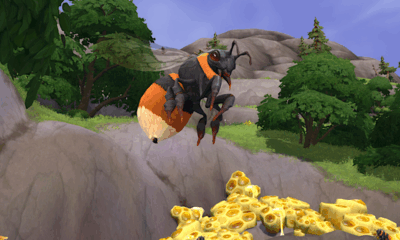
 Technology3 months ago
Technology3 months agoWorld of Warcraft Players Buzz Over 19-Quest Bee Challenge
-

 Business3 months ago
Business3 months agoNew Estimates Reveal ChatGPT-5 Energy Use Could Soar
-

 Business3 months ago
Business3 months agoDawson City Residents Rally Around Buy Canadian Movement
-
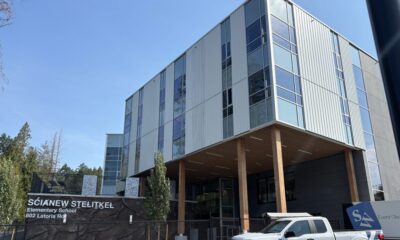
 Education3 months ago
Education3 months agoNew SĆIȺNEW̱ SṮEȽIṮḴEȽ Elementary Opens in Langford for 2025/2026 Year
-

 Technology1 month ago
Technology1 month agoHuawei MatePad 12X Redefines Tablet Experience for Professionals
-

 Technology3 months ago
Technology3 months agoFuture Entertainment Launches DDoD with Gameplay Trailer Showcase
-

 Business3 months ago
Business3 months agoBNA Brewing to Open New Bowling Alley in Downtown Penticton
-

 Technology3 months ago
Technology3 months agoInnovative 140W GaN Travel Adapter Combines Power and Convenience
-

 Technology3 months ago
Technology3 months agoGlobal Launch of Ragnarok M: Classic Set for September 3, 2025
-

 Science3 months ago
Science3 months agoXi Labs Innovates with New AI Operating System Set for 2025 Launch
-

 Technology3 months ago
Technology3 months agoNew IDR01 Smart Ring Offers Advanced Sports Tracking for $169
-

 Technology3 months ago
Technology3 months agoDiscover the Relaxing Charm of Tiny Bookshop: A Cozy Gaming Escape










